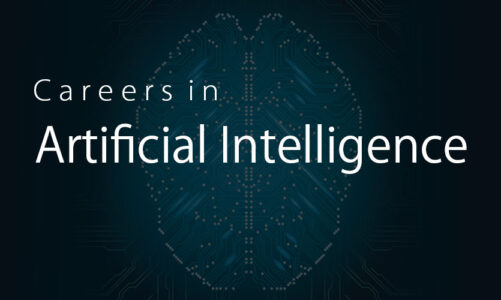Machine learning has become a great necessity of different types of digital industries in the present times. This is because most of the industries have completely shifted from manual processes and have started automating their operations. Machine learning platforms have played a great role in continuous training as well as brisk automation that has helped industries to rethink their growth prospects.
In the early phases of machine learning projects, we used to manually train the models which was a time taking task. Over a period of time, the practice of operationalization of machine learning workloads has started taking place. This is what we like to call as MLOps.
The Pathways of software development and data science: A comparative analysis
The simple life cycle of software development can be divided into four important stages. The first important stage involves the development of a set of instructions which is called the coding process. This is the basic step towards software development. The next stage is called the testing stage. It is at this stage that we run our code and examine its feasibility for the project. The third stage is called the deployment stage. It is at this stage that we actually come to know if the previous two stages have been successful. This is also called the operationalization phase of software development. The fourth important stage is called the monitoring or the maintenance stage. In the maintenance stage, we continuously monitor the workflow of the software development as well as the deployment process.
The workflow of the data science model is more complex when we compare it with the software engineering development life cycle. The first stage of the data science pathway is divided into three important steps. The first step is the coding step which is synonymous with the software engineering workflow. The second stage is synonymous to data mining in which large volumes of data are processed. The third step is the selection of parameters that we need to work with.
The three steps that we follow in the first stage are used for the trial process in the second stage. This is where we make the model run at a preliminary level. The third stage is called the deployment stage which is similar to the one that we saw in the software engineering workflow. Similarly, the last stage of the data science life cycle is the same as the last stage of software engineering workflow and involves monitoring of the model.
A draft of continuous training in the Machine learning pipeline
The fabrication and maintenance of a machine learning model are not easy and involve multiple steps. Let us examine the workflow of a machine learning model in a simple way. The first step is the coding process which is fed into the continuous integration pipeline. The second stage involves the testing of the model using the instructions of the first stage. The third stage is the deployment or the continuous training pipeline. It needs to be noted at this point in time that we can also feed data directly into a continuous training pipeline. The final stage in the process is model serving. It is clear from the above-mentioned steps that the machine learning pipeline shows a significant deviation from the simple three-step process of software engineering workflow.
Deviation in the model and course correction
It is a possibility that our model may witness significant deviations from the expected outcomes during the process of ope rationalization and deployment. It is in this context that continuous training is required so that predictions are made with higher accuracy. The deviation from the expected results is usually referred to as a data drift. A large number of interference mechanisms, abnormalities, and external factors may be responsible for this data drift. We can rectify data drift by validating the data sets used in the process of training. We can also distribute labels of the training data set. In addition to this, we can also monitor the distribution as well as the quality of our predictions. This can help in the detection of errors as well as in fixing the outliers.
The way ahead
It is often said that broken data and random data are responsible for causing problems in the production of machine learning systems. It is in this context that the data mining process needs to be checked by validating different types of data sets. We also need to establish the reliability of data sets and ensure that they are sourced from an authentic platform. Data validation, data authentication, and data quality monitoring can go a long way in improving the accuracy of machine learning models.



